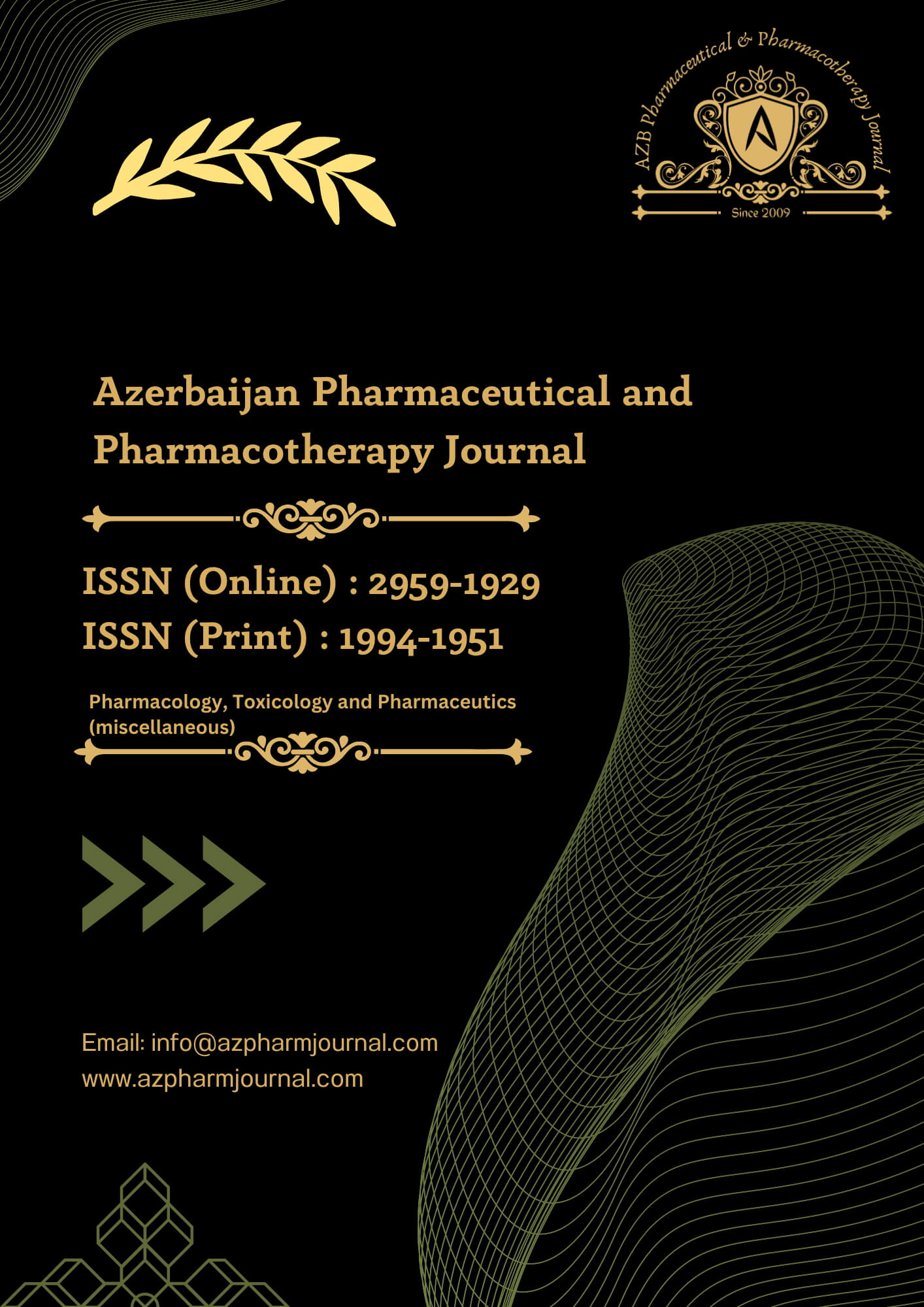The fruits of C. humilis were collected during the fall season in the mountains of Tlemcen (western Algeria). The plant was botanically identified by the Algerian Forestry Department.
The fruits were thoroughly washed to remove dirt, then cut into small pieces and dried in the shade at room temperature for 15 days. The dried plant material was then pulverized and used for extraction.
Essential Oil Extraction
Essential oil of air-dried fruit. (250 g) was obtained by hydrodistillation for 5 h using a Clevenger type apparatus according to [6]. The oil was separated from the hydrosol and dried over anhydrous sodium sulfate and stored in sealed vials at 4°C.
Preparation of methanolic extract
50 g of the fruit were first degreased with 250 ml of light petroleum. After 24 hours of continuous stirring, the solution is filtered through Whatman paper. The pomace obtained is delipidated twice with the same solvent before extraction [7].
Determination of total polyphenols.
The Folin-Ciocalteu method was applied. The Folin-Ciocalteu reagent oxidizes phenols to phenolate ions in an alkaline medium, resulting in the formation of a blue molybdotungstic complex. This coloration is measured spectrophotometrically at a wavelength of 765 nm. The absorbance is proportional to the amount of phenols present in our extracts. The results are expressed in mg of phenolics per g of dry residue from a gallic acid standard curve [8].
Determination of flavonoids
Quantitative determination was performed according to the colorimetric method described by [9].
In hemolysis tubes, 1500µl of distilled water is added to 500ul of mother methanol solution (2mg/ml). At zero time, a volume of 150µl of 5% NaNO2 is added. After 5 minutes of reaction, 150µl of 10% AlCl3 (dissolved in methanol) is added. After 11 minutes, 500µl of NaOH (1M) is added. The absorbance is read immediately on a spectrophotometer at 510 nm. A standard series is prepared from a series of catechin solutions with the following concentrations: (20; 50; 100; 200; 400; 600; 800; 1000 µg/ml). The flavonoid content is expressed from the calibration curve in milligrams of catechin equivalents per area of dry methanolic residue (mg EC/g dry residue).
Antimicrobial Activity Microbial strains
The essential oil and methanolic extract of C. humilis fruits were evaluated against five bacterial reference strains, namely Escherichia coli ATCC 25922, Pseudomonas aeruginosa ATCC 27853, Klebsiella pneumoniae ATCC 70603, Staphylococcus aureus ATCC 43300, Bacillus subtilis ATCC 11778 and a yeast Candida albicans ATCC 10231.
Preparation of Inocula
Inocula of the bacterial and yeast strains were prepared from overnight broth cultures. Suspensions were adjusted to 0.5 McFarland or an optical density of 0.08 to 0.13 at a wave length of 625 nm, equivalent to 108 cfu/mL [10] (CLSI, 2006).
Disk Diffusion Assay
Essetial Oil and methanolic extract of C.humilis were tested for antimicrobial activity using the disc diffusion technique on solid media [11]. Discs of sterile Whatman paper (6 mm) were impregnated with 4 μL of EO and then placed on plates of Mueller-Hinton agar (Pronadisa TM, Spain) inoculated with an inoculum of 108 CFU/mL. The plates were then incubated for 24 hours at 37°C for bacteria and 30°C for yeast. Results were recorded by measuring the growth inhibition zones around the discs. All assays were performed in triplicate.
Determination of minimum inhibitory concentration (MIC)
The MIC was determined by the broth microdilution method according to the Clinical and Laboratory Standards Institute [10] .
DMSO was used to dissolve the EO. A serial twofold dilution of the oil was prepared in a 96- well microliter plate in the range of 40.00-0.08 mg/mL inoculated in Mueller-Hinton broth. The MIC was defined as the lowest concentration of essential oil and methanolic extract that inhibited visible growth. All assays were performed in triplicate.
Acute Toxicity Study:
Principle:
It consists of determining the lethal dose (LD50). The LD50 is the dose of a substance that can cause the death of 50% of an animal population under certain experimental conditions. This dose makes it possible to determine the symptoms of intoxication and to compare substances with respect to their toxic potential.
Toxicity Procedure:
The acute toxicity of the methanolic extract of C. humilis was evaluated in Swiss albino mice fasted for 5 days. The animals were randomly assigned to 10 male mice. The control group received the same amount of distilled water in the same manner.
After administration, the animals were observed for 5 days to study their general behavior in comparison with the control group (death, restlessness, respiration, asthenia).
Study of anti-inflammatory activity:
In order to highlight the anti-inflammatory activity of the methanolic extract of C.humilis for the first time, an experimental model of acute inflammation of the mouse leg induced by carrageenin at 1% was evaluated according to the method of [12] .
Principle
The principle is to test the inhibitory effect of the methanolic extract of the fruit of C. humilis on the acute inflammation induced by the injection of 0.1 ml of carrageenin at 1% under the plantar fascia of the left hind leg of mice [13,14] .
Procedures:
Mice were divided into 3 groups of 10 animals each and fasted for 5 days prior to the experiment. The groups were divided as follows
G.01: C. humilismethanolic extract was administered orally at a dose of 250 mg/kg body weight (treatment group);
G.02: mice in the reference group were given sodium diclofenac (25 mg/kg) at a dose of (10 mg/kg) bw (reference group);
G.03: controls received distilled water (control group).
30 min after the last gavage, 0.1 ml of 1% carragenin in isotonic saline (NaCl 0.9%) was injected under the plantar fascia of the left hind leg of the mice.After 5 h, the mice were sacrificed and the hind legs were cut at the joint and weighed on an analytical balance.
Statistical Analyses :
All in vivo data are presented as mean standard deviation. Data were analyzed by analysis of variance followed by Tukey's multiple comparison test. Analyses were performed with XLSTAT software. P < 0.05 was used as the criterion for statistical significance.
